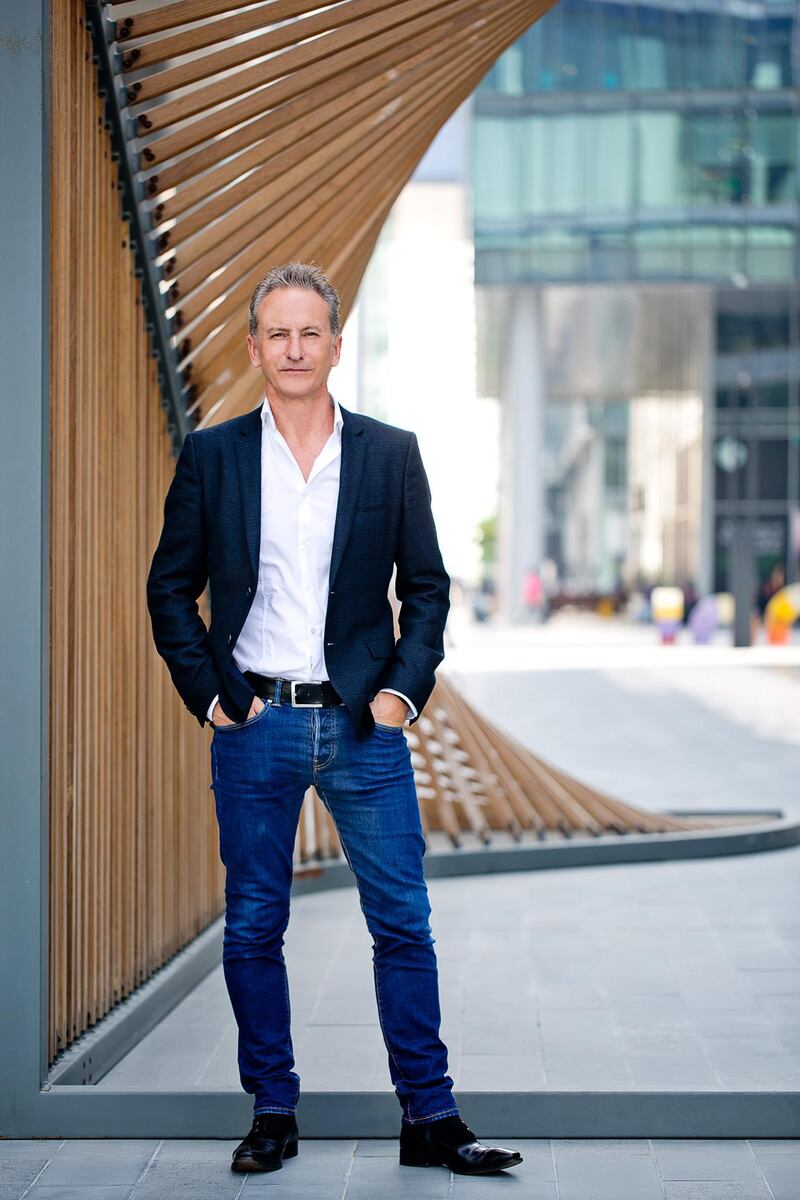Buying art can be an intimidating experience. There's something about that little word that throws us into a crisis of self-confidence. The fact is, buying art should be no more difficult than choosing a rug, a sofa or a set of dinner plates.
For me, personally, there are some basic principles that I apply to make buying artwork easy. I buy what I like (I don’t buy it because someone else tells me it’s a great piece of art). Secondly, I never buy an artwork as an investment; the value of art is completely intangible and I am happy to pay the market rate with no expectation of financial gain. Finally, I trust my intuition. If my first impressions are good, then it’s likely to fit within my home. Nonetheless, buying art can be confusing and it’s useful to understand some of the basics that will help inform your decisions.
Prints can be an excellent and affordable option, but first get to know the difference between a limited-edition and open edition print. An open edition refers to a print that has no limit to the number of copies produced. Naturally, this reduces its value. A limited-edition print refers to a strictly controlled number of reproductions – usually somewhere between 50 and 150. This small number increases its value and guarantees that only this amount will ever be printed.
On the subject of printed editions, get to know a little about its methods. Nowadays, the most common form of fine-art print is a giclée – a French word that broadly means "sprayed ink". Giclées make fantastic quality prints and the inks should last a lifetime without fading. Silk-screening is another method, and is generally only used on limited-edition print runs. Watch out for litho prints, which is generally reserved for higher print runs and is mostly used for posters.
Apart from printed editions, there are also originals and hand-embellished artworks. The former refers to works that are unique, and produced by or under the supervision of the artist. They are usually easy to identify as they will most likely have more texture than a printed version. An embellished artwork is a print that has been finished with additional ink, paint or texture to add interest to the surface. These tend to be more "special" than a normal print and are priced somewhere between an original and an edition.
Whether it's an original or a limited-edition, ask the gallery for a certificate of authenticity to accompany your artwork. This piece of paper ought to mention the number in the edition – which should correspond to the number on the print. With an original, the certificate confirms that the artwork was indeed produced by the hand of the named artist – an important factor, should the artist become highly collectible later on.
A good frame can transform an artwork by separating it from its surroundings. There are three primary components to a frame, and a good framer such as The Gallery Workshop in Al Serkal Avenue will advise you on the best choices for your artwork. The mount – usually a white or coloured card that surrounds a paper print – is crucial in creating space around the artwork. Choose a colour that complements and always double mount. The frame profile is the physical frame that surrounds the mount. There are thousands to choose from, and my principle is to keep it simple. An overly ornate frame can distract from the artwork and confuse the eye.
_______________
Read more:
[ Design dilemma: Understatement versus a sense of overstatement in the home ]
[ Design dilemma: a beginner’s guide to growing plants in the UAE ]
[ Design dilemma: The home office is dead; long live working from home ]
[ Design dilemma: Accessible art for all, not just the few ]
_______________
Once you have got it home, think about how and where to hang it. A common mistake is to place it in a position that is already busy with other items. Give it some space – it will look better positioned on its own. If it isn't working in a particular space, don't be afraid to move it to another space. You'll be amazed how different a piece can look in a different environment. When you've had enough of an artwork, store it somewhere dry and secure. Limited-editions and originals may gain value, and future generations may appreciate them.
Visit www.g-1.com; @gallery.one on Instagram
Do you have any design dilemmas? Send them to homes@thenational.ae and we will get them answered by an expert





